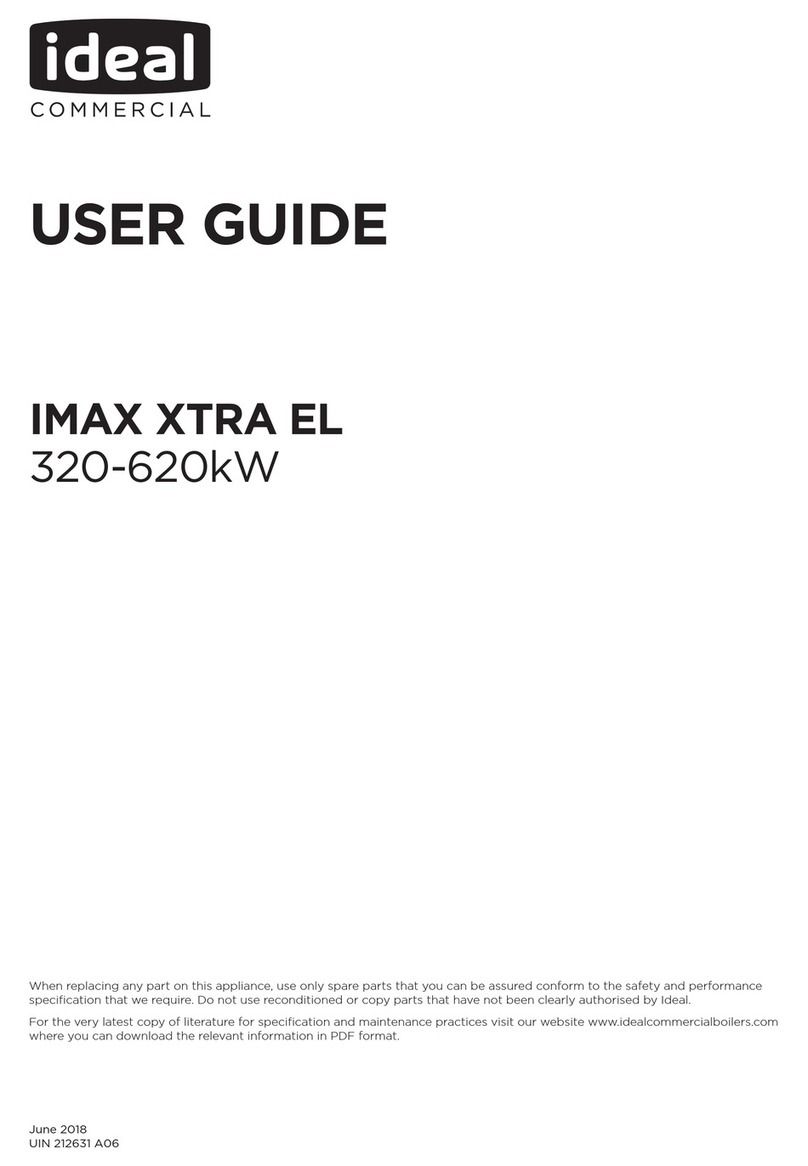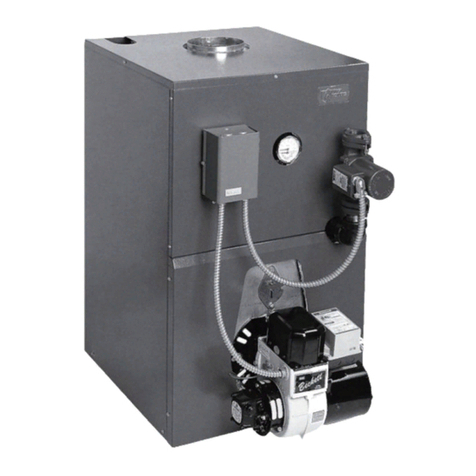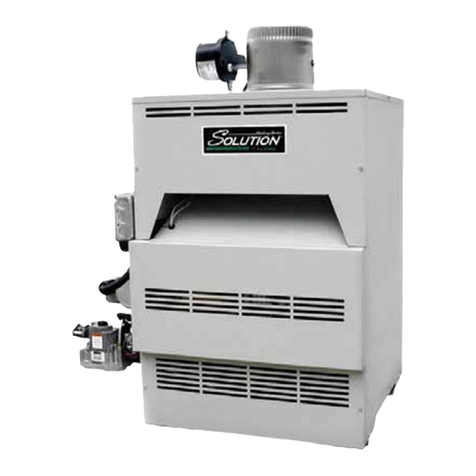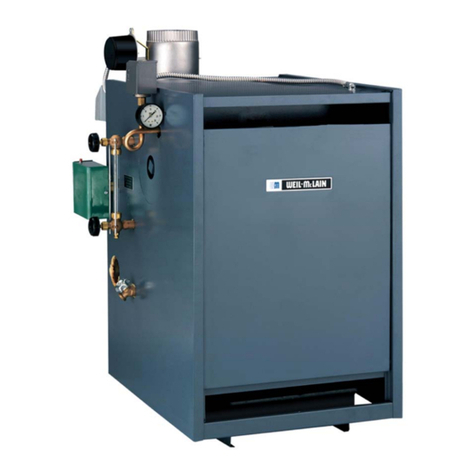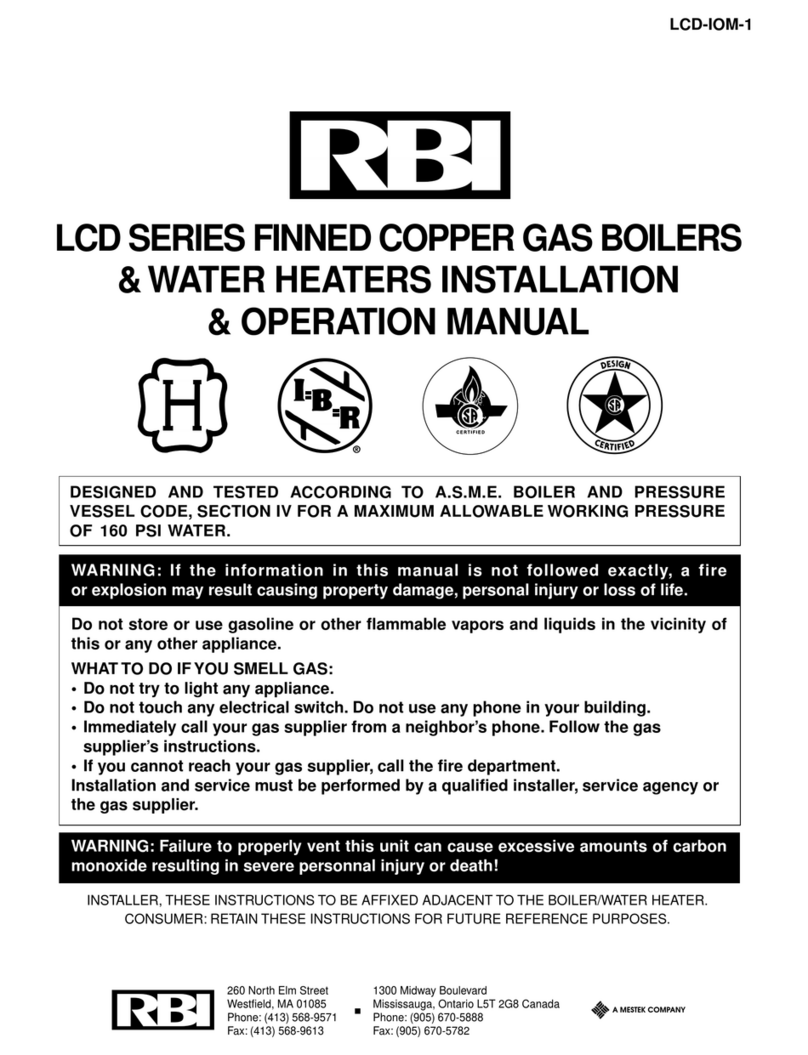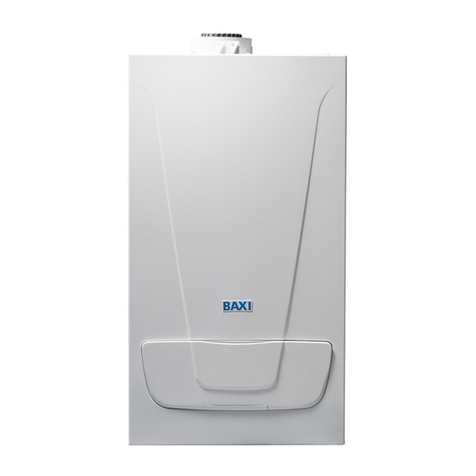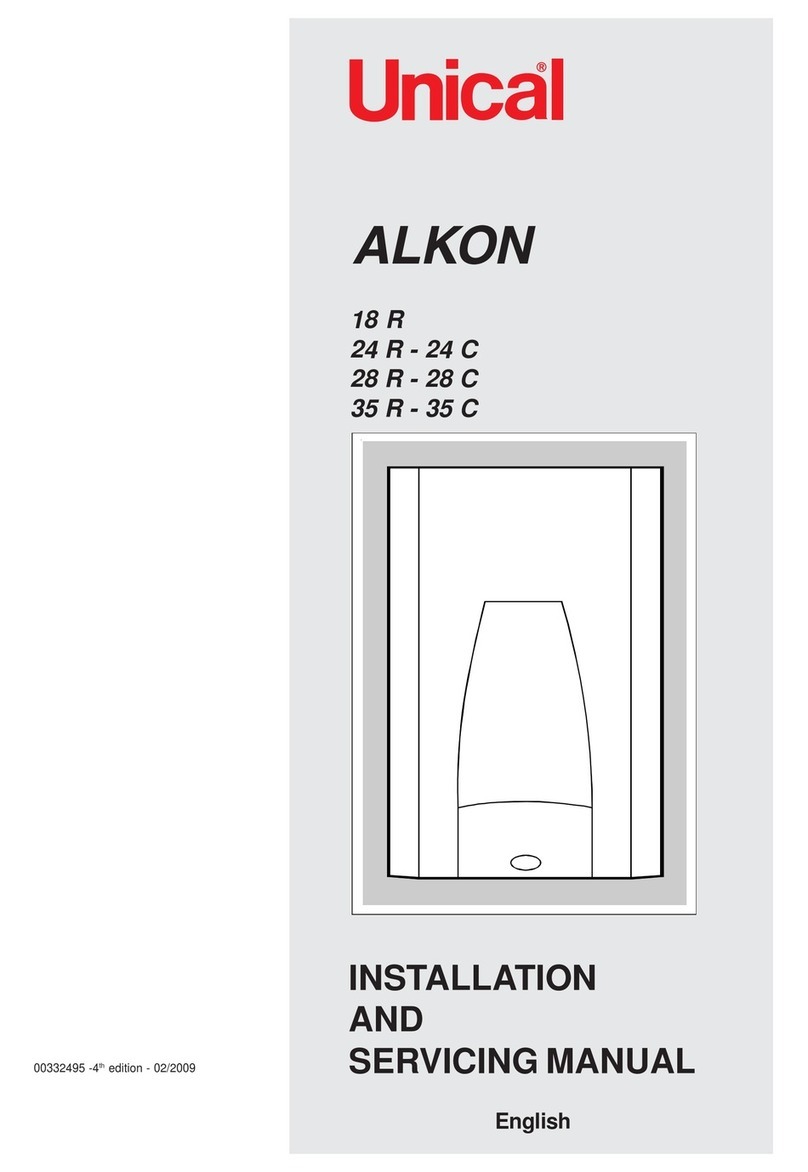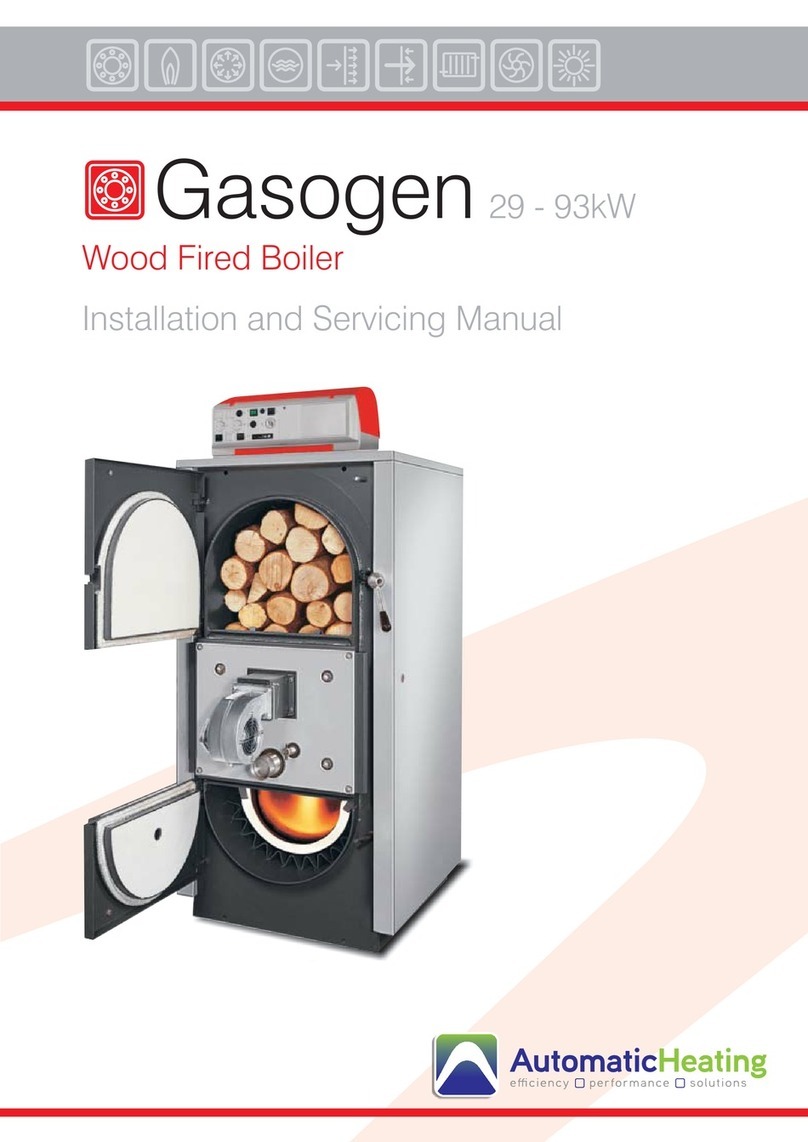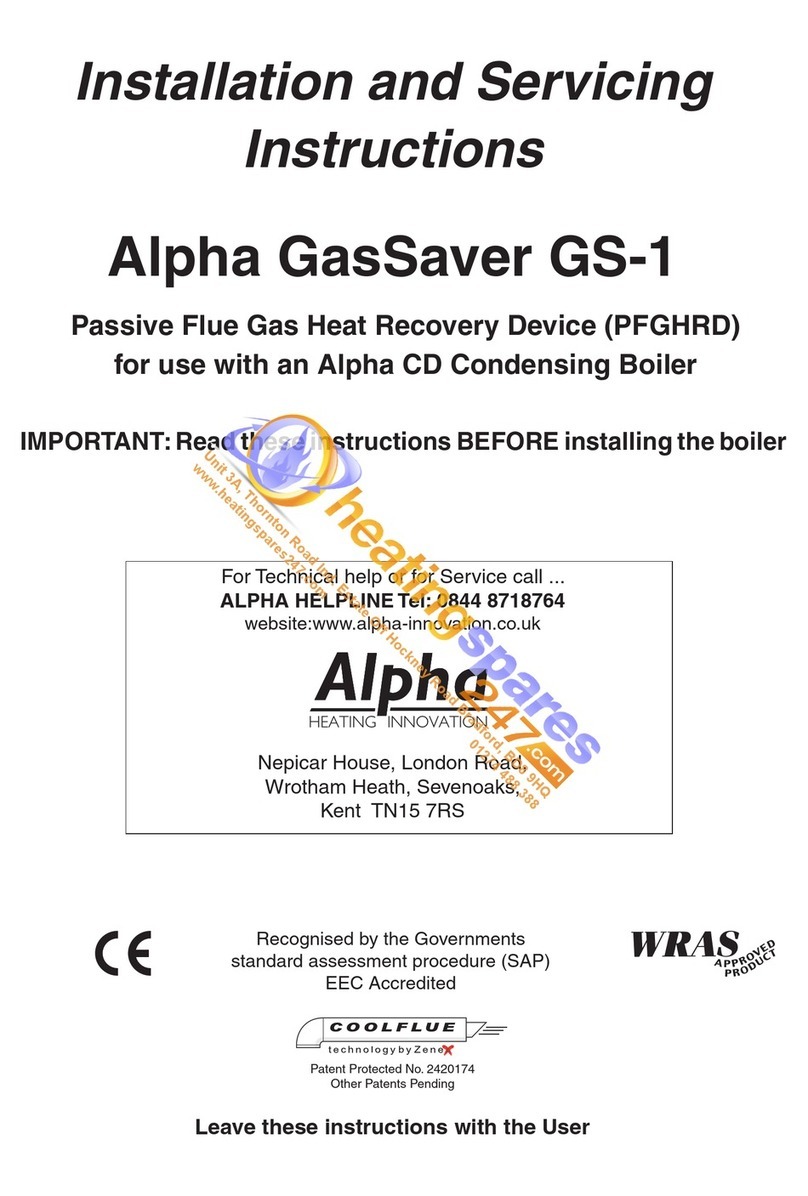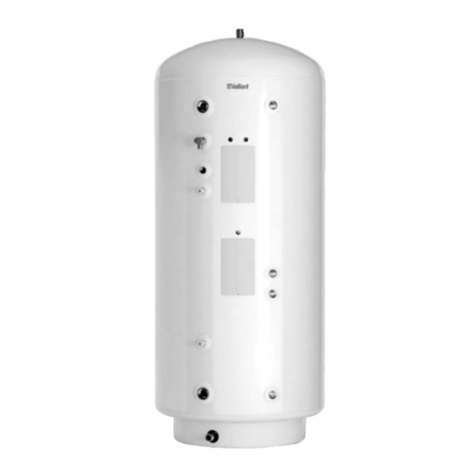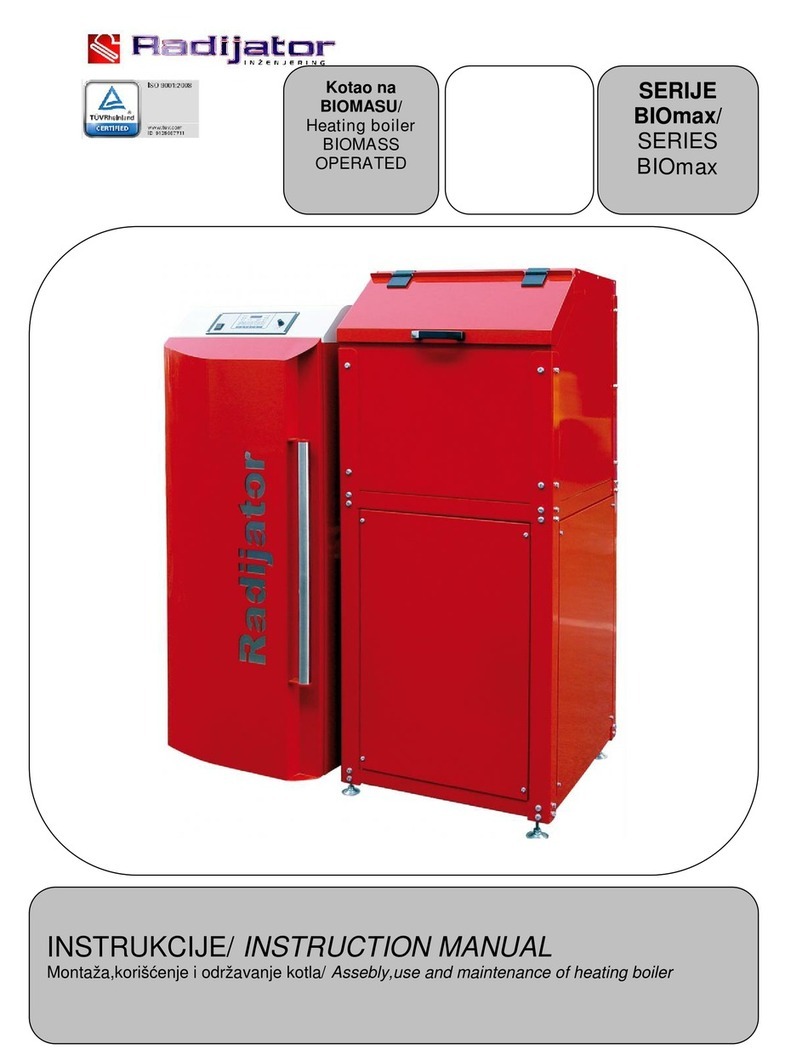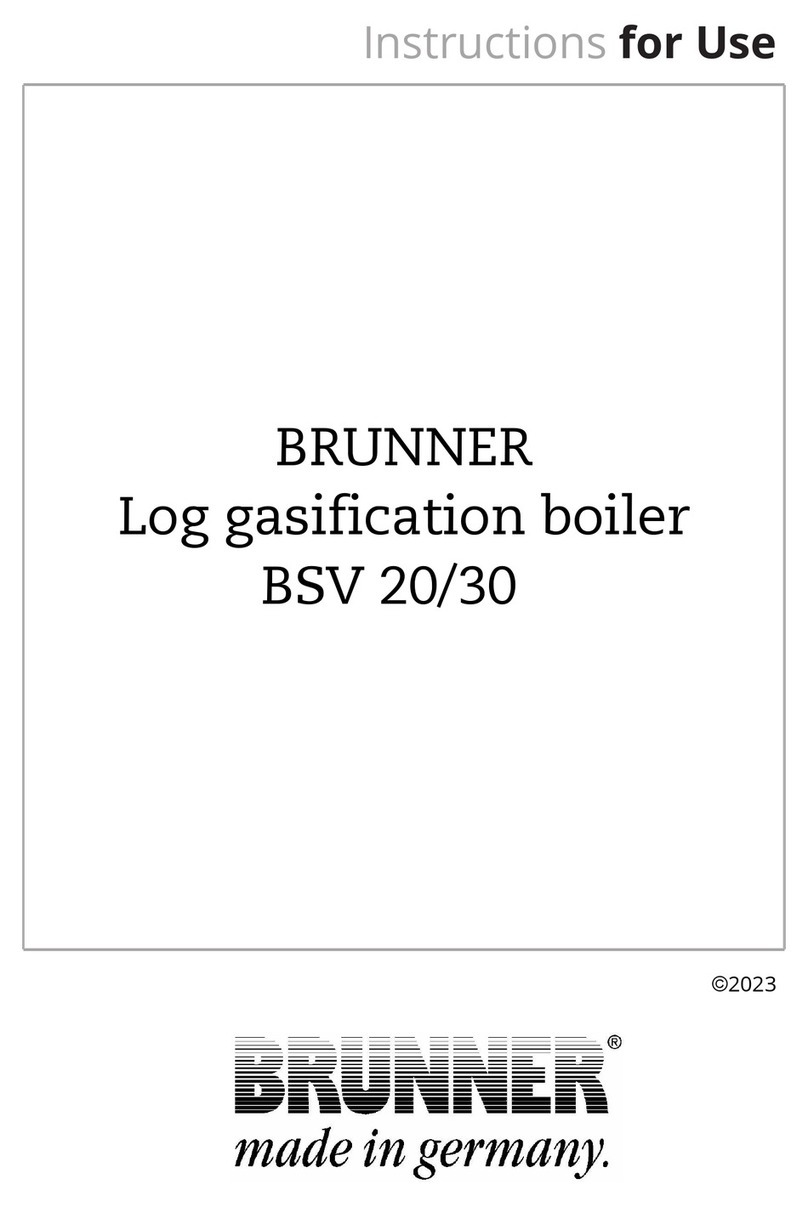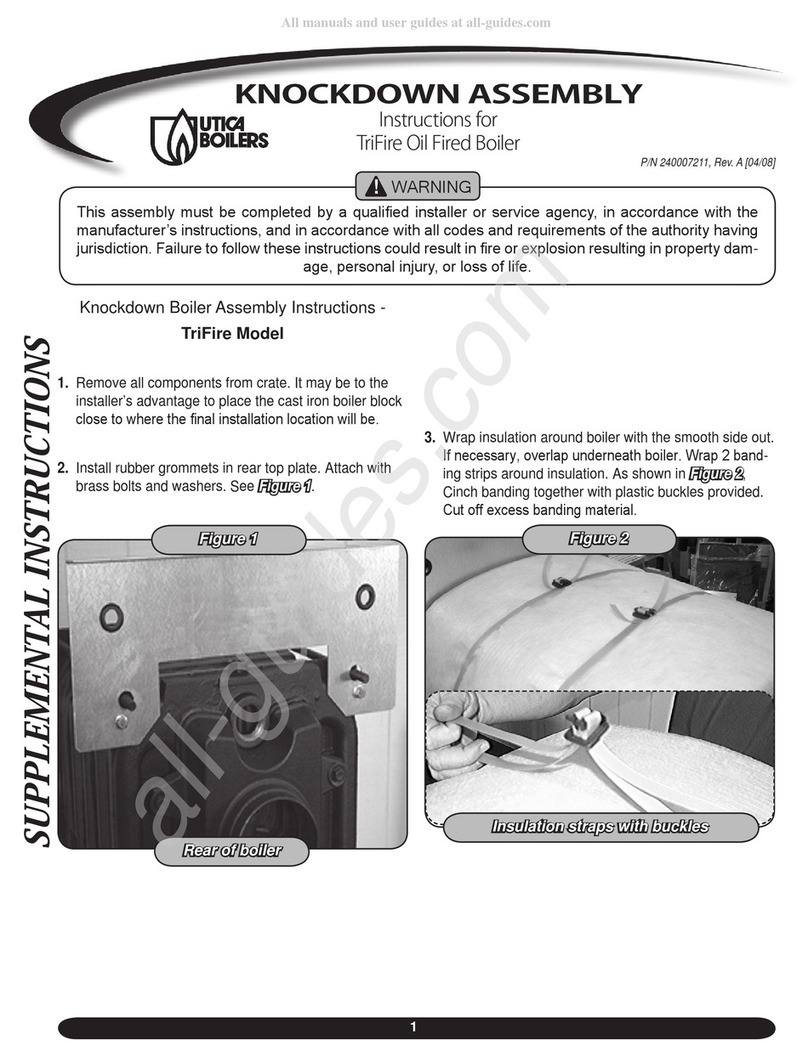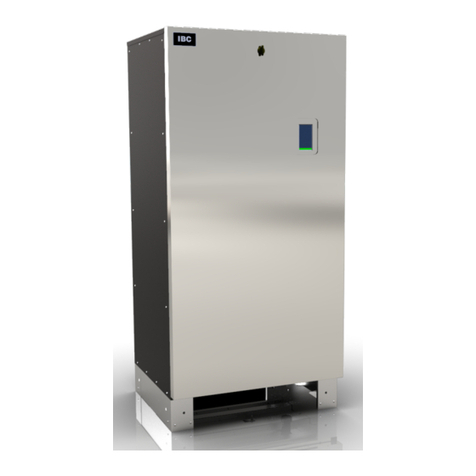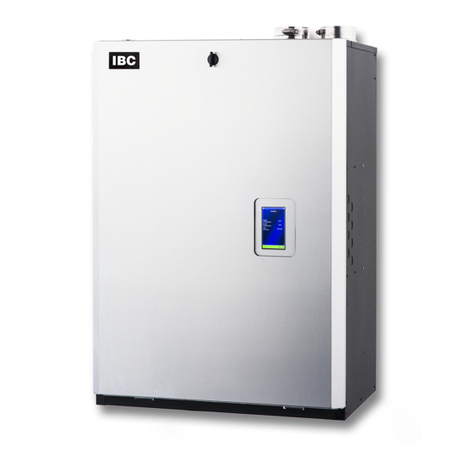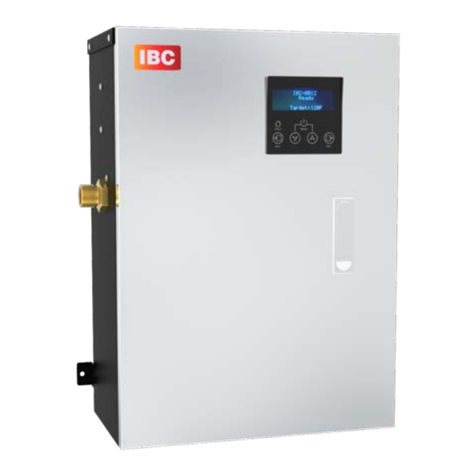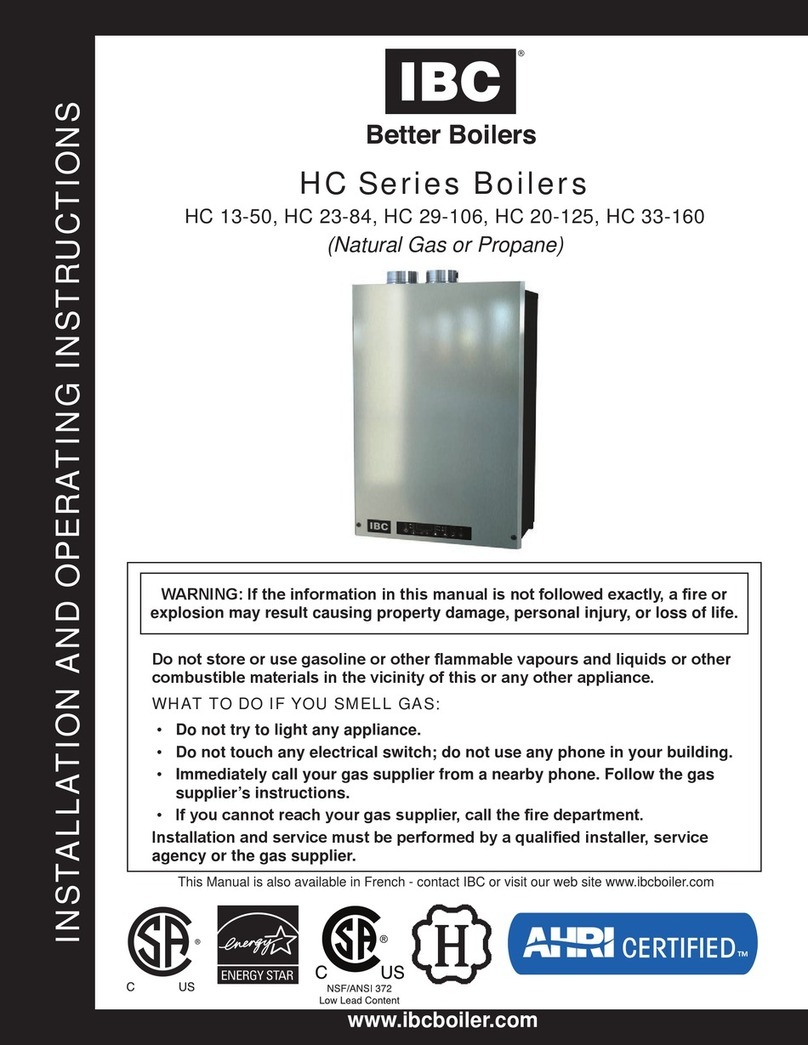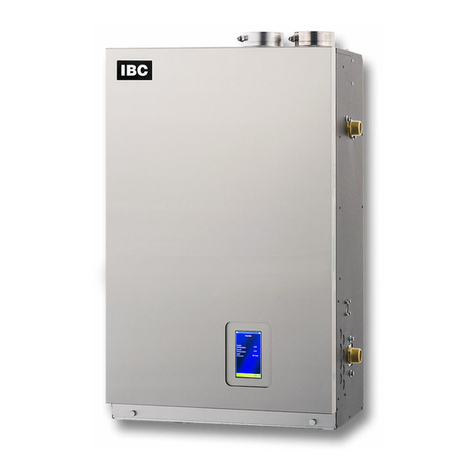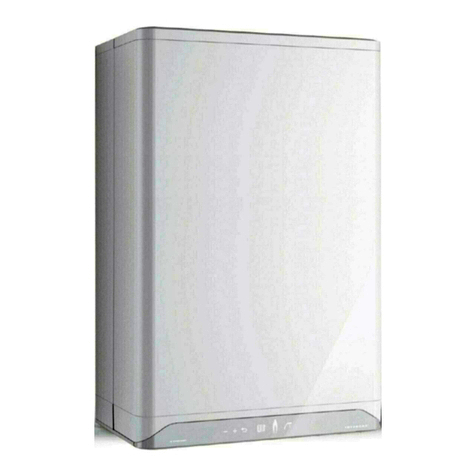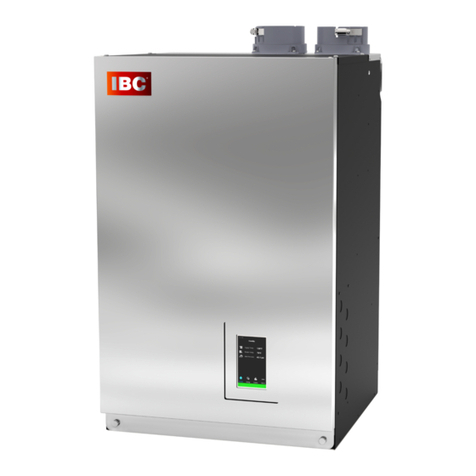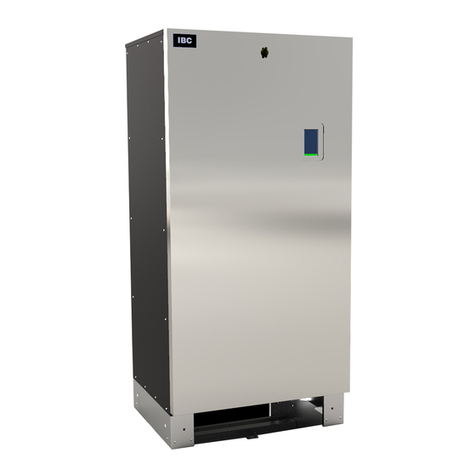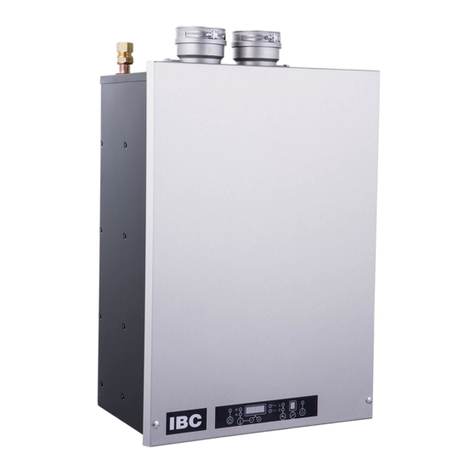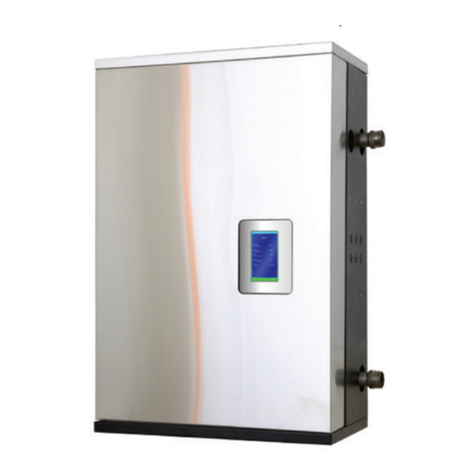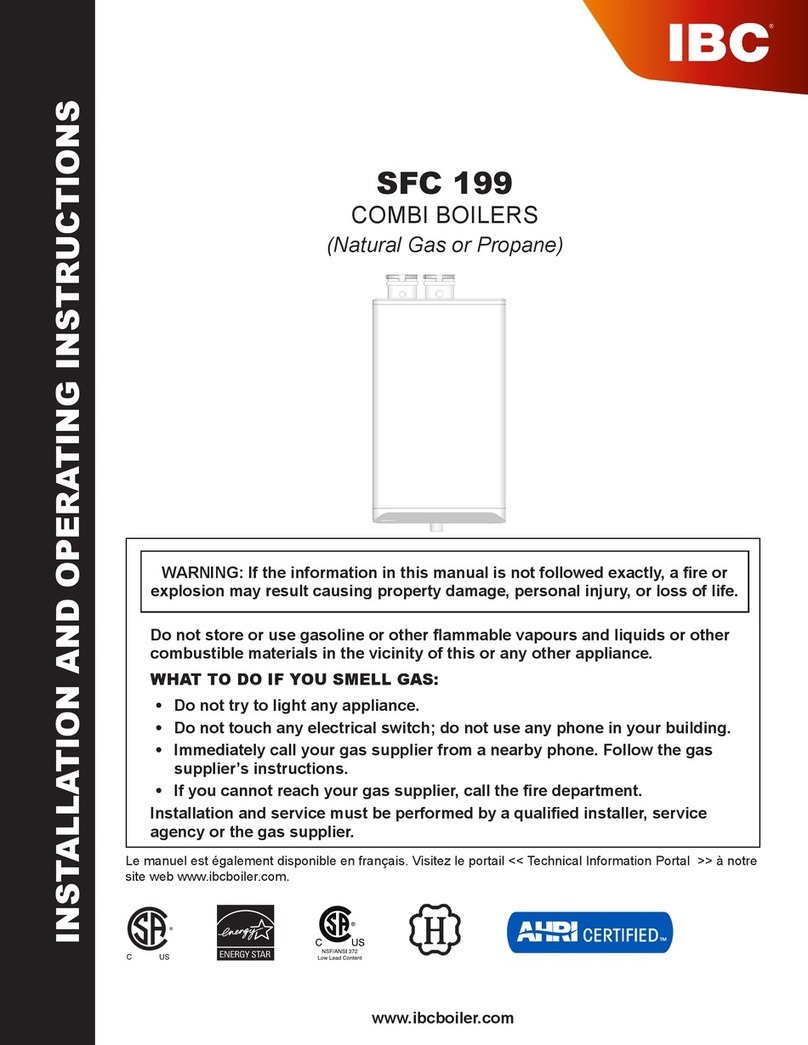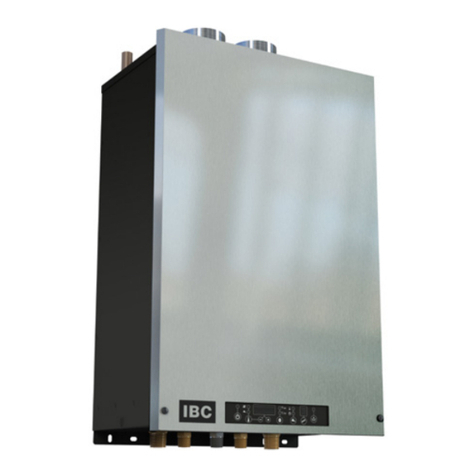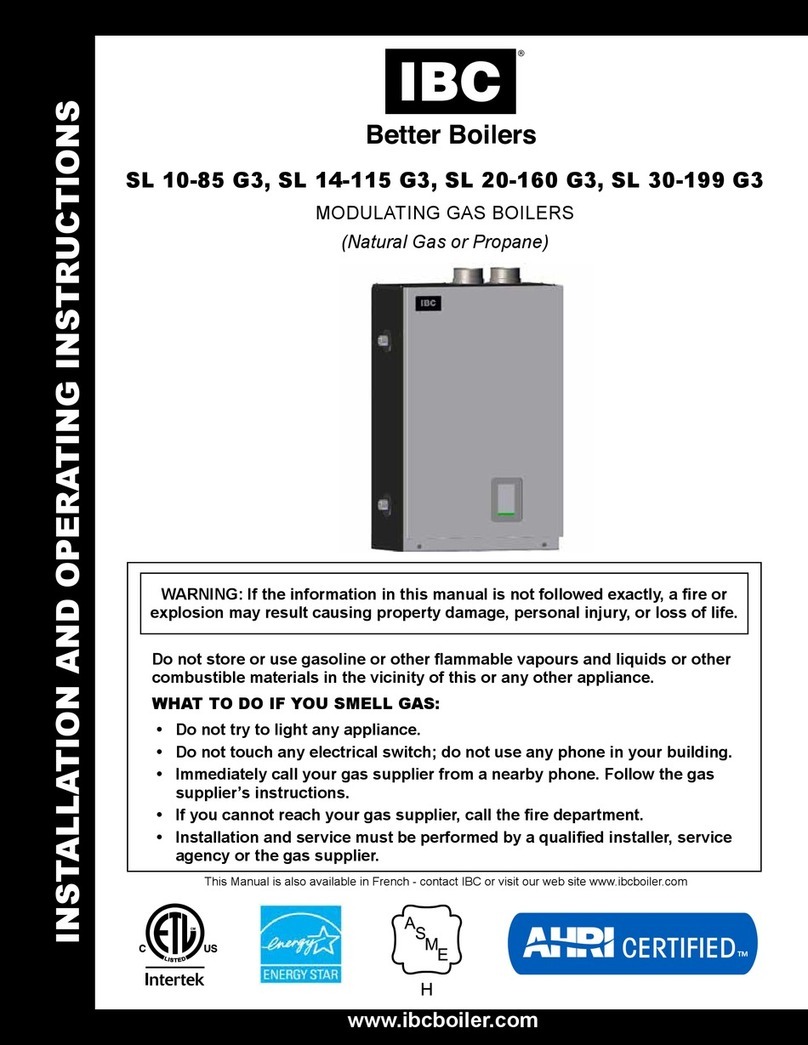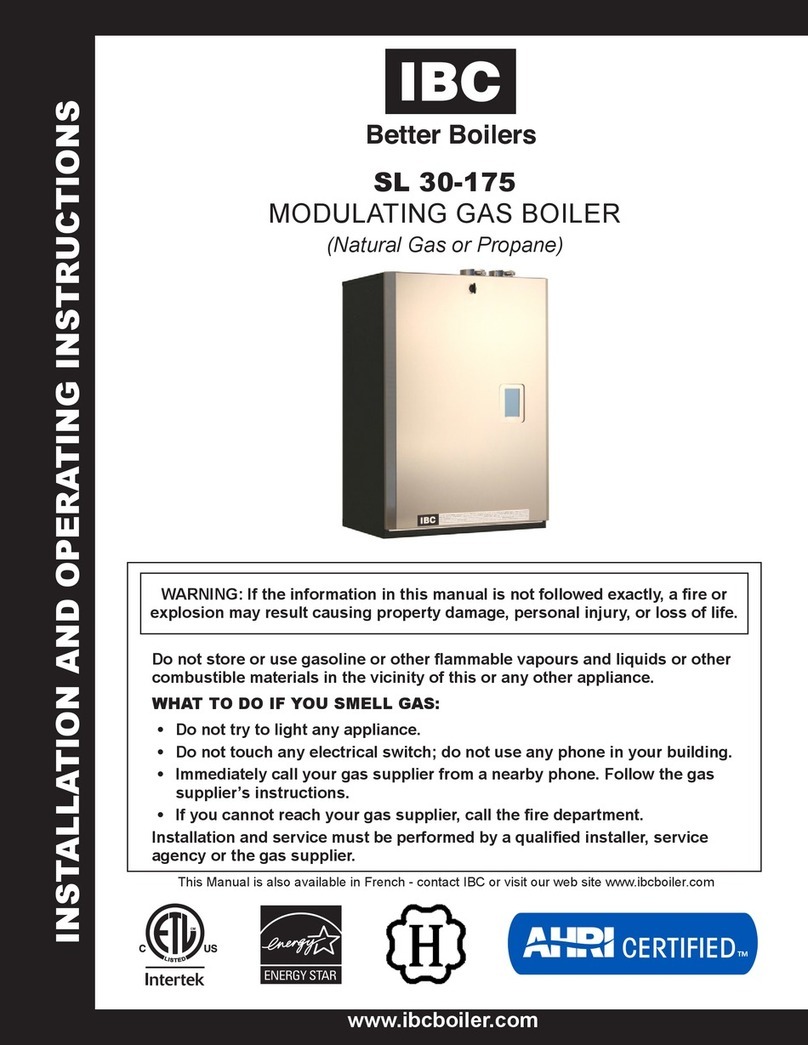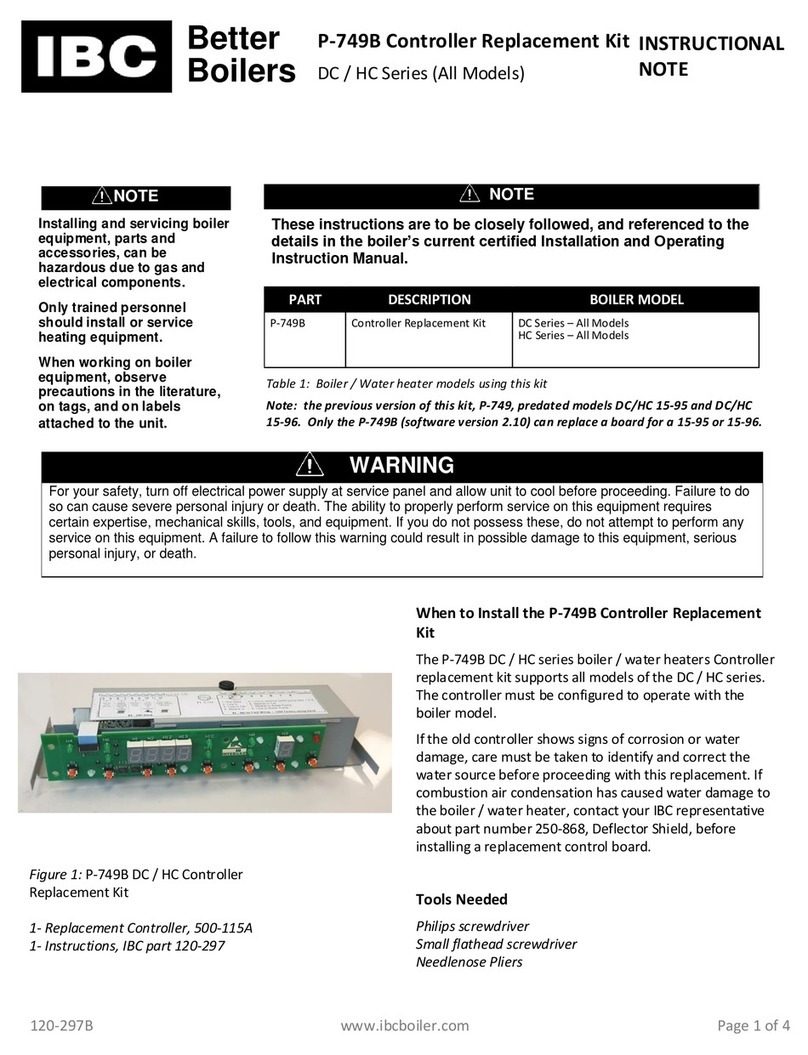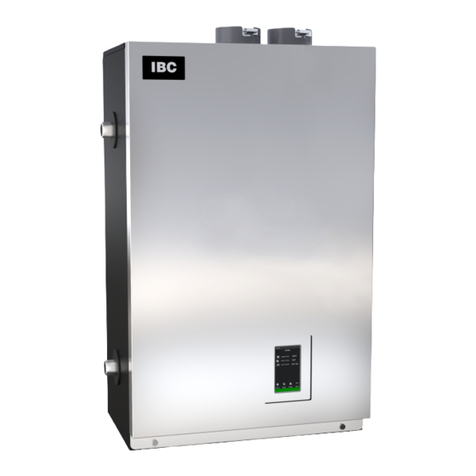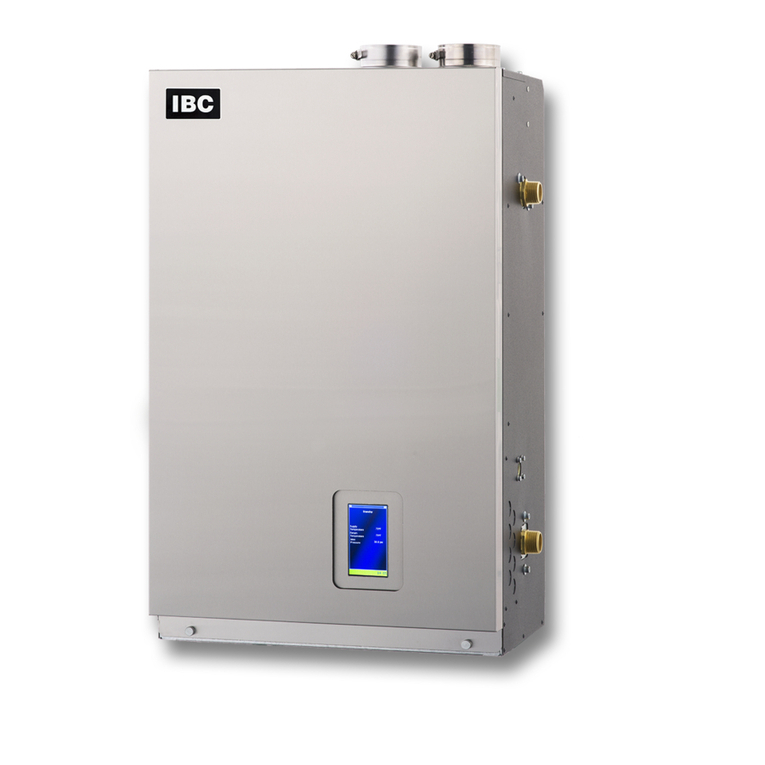
INSTALLATION AND OPERATION INSTRUCTIONS
1-2
HC SERIES BOILERS HC 13-50, HC 15-95, HC 15-96, HC 20-125, HC 33-160
CODE REQUIREMENTS
The HC 13-50, HC 15-95, HC 15-96, HC 20-125, HC 33-160 models were tested
to and certied under CSA 4.9 / ANSI Z21.13.
The installation must conform to the requirements of the authority having
jurisdiction or, in the absence of such requirements, to the National Fuel Gas
Code, ANSI Z223.1/NFPA 54, and/or Natural Gas and Propane Installation Code,
CAN/CSA B149.1. The installation must also conform to the Canadian Electrical
Code Part 1 CSA C22.2 No.1 and/or the National Electrical Code ANSI/NFPA
70. Where required by jurisdiction, installation must conform to the Standard for
Controls and Safety Devices for Automatically Fired Boilers, ANSI/ASME CSD-1.
If there is any conict, then the more stringent will apply.
LOCATION
The HC series boilers are designed and approved for indoor installation
(wall), with signicant exibility of location provided with the available venting
options. The boiler can be placed in an alcove, basement, closet or utility room.
Surrounding ambient conditions shall be 0°C to 50°C and less than 90% relative
humidity.
Install the boiler in areas where the combustion air source is not subject to
chemical fouling or agricultural vapours. Exposure to corrosive chemical
fumes such as chlorinated and/or uorinated hydrocarbons can reduce
the life of a boiler. Cleaners, bleaches, air fresheners, refrigerants, aerosol
propellants, dry-cleaning uids, de-greasers and paint-removers all contain
vapours which can form corrosive acid compounds when burned in a gas ame.
Airborne chlorides such as those released with the use of laundry detergents are
also to be avoided. Similarly, ensure any direct vent air source is not adjacent to
a clothes dryer exhaust terminal. Avoid agricultural applications where the
boiler and/or the intake air source are affected by ammonia and/or dust.
Locate the boiler where water leakage will not result in damage to the area. If a
location such as this cannot be found, a suitable drain pan should be installed
under the appliance. The boiler is not to be installed above carpeting.
Boiler Weight – approximately 96 lbs / 44 kg. For support fasteners, use the
supplied 4 x 1/4" x 2-1/2" long lag screws. Installer to supply 1/4" bolts if metal
mounting systems are used. Fasteners are to be attached to solid material capable
of supporting the combined weight of the boiler and piping assembly components.
Other factors affecting potential mounting sites:
•Ensure minimum clearance requirements for combustible materials (see
Table 2) are satised.
•Minimum 24" clearance at the front and 10" above is recommended for
adequate servicing. Check local codes for additional access and service
clearance requirements.
•
At a new construction site, or during renovations, action must be taken
to protect the boiler from drywall dust or other construction related
contaminants; combustion air should be drawn from a CLEAN source (e.g.
outdoors) and the boiler should be isolated from interior dust sources.
1.2
1.3
WARNING
Keep boiler area free and clear
of combustible materials,
gasoline, and other ammable
vapours and liquids.
WARNING
Combustion air must not be
drawn from areas containing
corrosive air from swimming
pools or spas, including air
directly next to outdoor pools
and spas.
WARNING
The boiler shall not be exposed
to water leaks from piping or
components located overhead.
This includes condensation
dropping from un-insulated
cold water lines overhead.
WARNING
Ensure the gas ignition
system components are
protected from water (dripping,
spraying, rain, etc.) during
appliance operation and when
servicing (pump replacement,
condensate trap servicing,
control replacement, etc.)
